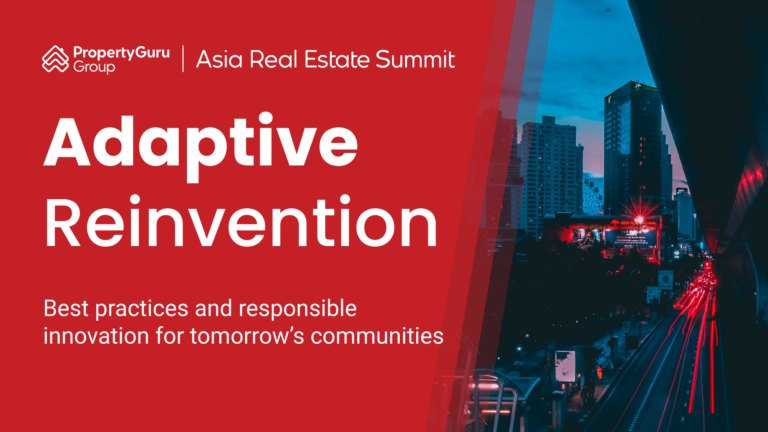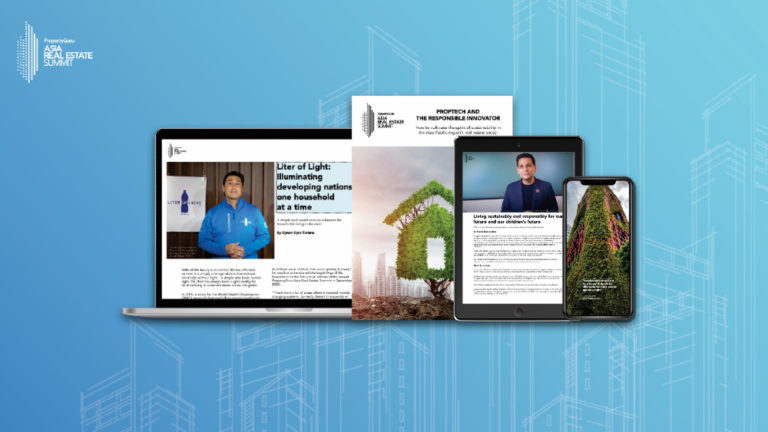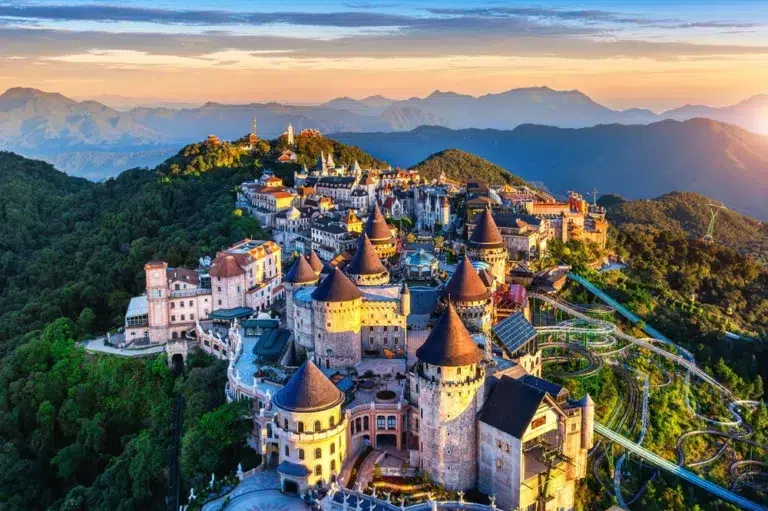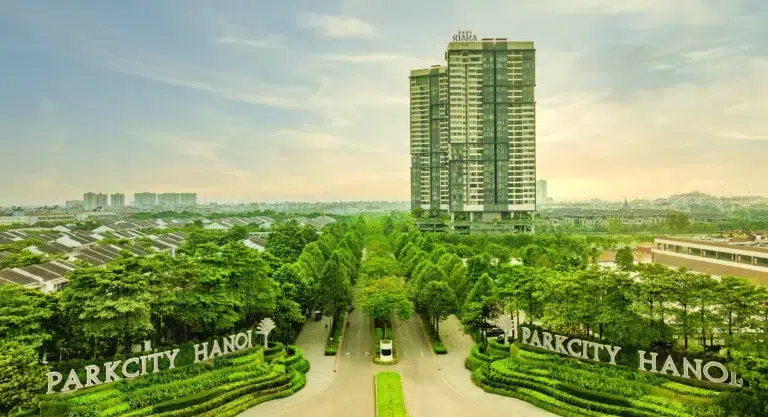Liveability and purpose drive Singapore’s evolving property future
Quality of life and sustainability emerge as core measures of value
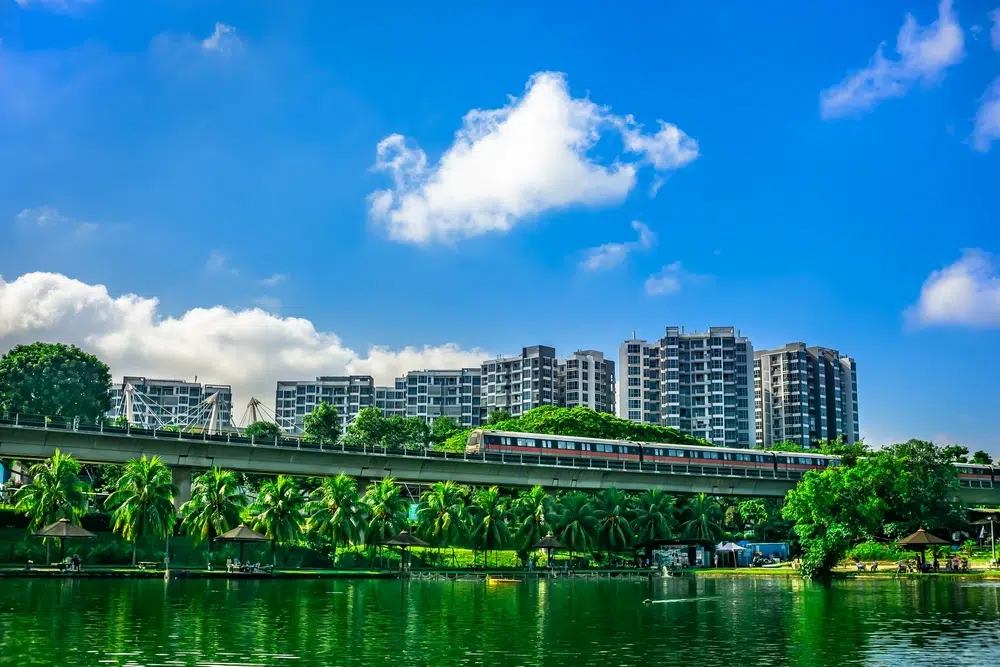
Singapore’s property market is navigating a period of recalibration, as new government planning initiatives and shifting buyer priorities reshape expectations across both the mass and luxury segments. The latest Draft Master Plan unveiled by the Urban Redevelopment Authority (URA) has placed an emphasis on sustainability, liveability, and community-centred development, offering a vision that seeks to balance housing demand with long-term resilience.
A cautious but steady market
According to Real Estate Asia, Singapore’s housing market entered 2025 with signs of equilibrium, after an active start to the year was tempered by reduced new project launches and more cautious sentiment among buyers. The first half of the year was marked by a mix of pent-up demand and moderating interest rates, but by May new private home sales had fallen to their lowest level in five months, with only 312 units sold.
Professor Roy Ling, CEO of FollowTrade and the Chairperson of the Judging Panel of the PropertyGuru Asia Property Awards (Singapore), has described this period as “a contemplative, recalibrating phase.” He explained:
“If the first half of 2025 has taught us anything, it is that Singapore’s residential market is in a contemplative, recalibrating phase—a measured pause as buyers, developers, and policymakers collectively take stock.”
Despite this slower pace, certain segments continue to show resilience. HDB upgraders remain active participants in the Outside Central Region (OCR) and Rest of Central Region (RCR) markets, although affordability has become more strained, with the price-to-income ratio exceeding 14.6 times. Meanwhile, the Core Central Region (CCR) has seen a surprising resurgence, this time led by local buyers rather than overseas investors.
Ling observed that “with foreign demand cooling post-ABSD hikes, Singaporeans and PRs (Permanent Residents) are stepping into the void.” He added that the ultra-luxury market is witnessing renewed local interest, “driven by wealth preservation motives and the relative value offered by freehold trophy assets.”
Looking ahead, he forecasts a measured pace of growth:
“We expect price growth in the 3 to 4 percent range for 2025, led by well-located new launches. But developers are treading carefully, watching macro signals like a hawk.”
Liveability at the heart of demand
The URA’s Draft Master Plan 2025 sets the tone for Singapore’s urban future, with initiatives aimed at creating new housing areas, expanding park networks, and strengthening community infrastructure. Reported by The Straits Times, highlights include the development of community hubs, the expansion of public transport connectivity, and major housing projects across Tengah, Bidadari, and the Greater Southern Waterfront.
Saravanan Sugumaran, Managing Director of MORROW Intelligence and a fellow Judging Panel member of the PropertyGuru Asia Property Awards (Singapore), said that Singapore’s planning philosophy has matured into a model that increasingly values “experience over excess and community over consumption.”
“Our Draft Master Plan 2025 not only protects that ethos, but moves beyond zoning to offer a bold vision for inclusive, sustainable, and resilient urban living. This shift is already reshaping both buyer expectations and investment narratives across the housing spectrum, from square footage to smart functionality.”
In the mass market, Sugumaran pointed to projects like Tengah, Singapore’s first “Forest Town,” and Bidadari, which continue to attract families due to their wellness-focused and community-centric designs. “Homeowners are no longer just looking for affordability—they’re asking, ‘What kind of future am I buying into?’” he said.
For the luxury segment, he observed that buyers are increasingly motivated by purpose rather than prestige.
“High-net-worth buyers are gravitating toward developments like Park Nova, which combines architectural elegance with biophilic design, or Klimt Cairnhill, where heritage meets high-performance living. Increasingly, luxury buyers want homes that not only stand out, but stand for something —be it environmental stewardship or thoughtful urban integration.”
Sugumaran emphasised that at MORROW Intelligence, they are observing a generational shift where “homes are judged not just by square footage, but by the quality of life they enable.” He concluded: “The next frontier in real estate is not just about building homes—it is about building futures.”
Government outlook and supply pipeline
Singapore’s housing minister Desmond Lee noted, as reported by The Straits Times, that the government is aiming to ease market pressures with a larger housing supply pipeline in the coming years. This is expected to stabilise prices and support greater affordability, particularly as demand remains strong due to population growth and household formation.
Channel News Asia added that population expansion is a key driver of housing demand, with the Draft Master Plan responding to projected needs through new residential and mixed-use developments, backed by transport and green infrastructure.
The luxury market, meanwhile, remains on firmer footing. Luxury Lifestyle Magazine reported that Singapore’s prime residential sector is attracting high-net-worth individuals from around the region, drawn to the city-state’s political stability, financial security, and increasingly sustainability-focused developments.
Spotlight on transformation zones
Among the notable transformation areas, Jurong Lake District has drawn strong developer interest. Ling highlighted the six bids for the Lakeside Government Land Sales site as evidence that confidence is returning to suburban transformation plays. With more infrastructure and commercial developments planned, he suggested that “Lakeside could quietly become the next Bishan.”
Such transformation areas align with the broader objectives of the Draft Master Plan, which seeks to create decentralised hubs of employment, housing, and recreation, reducing reliance on the central city while fostering liveable neighbourhoods across the island.
Recognition for Singapore developers
As these market dynamics unfold, Singapore’s real estate leaders are also gaining international recognition for their projects. At the recent 19th PropertyGuru Asia Property Awards Grand Final 2024, Singapore developers excelled against peers from 15 markets across Asia, Australia, and the Middle East.
- Best Condo Architectural Design (Asia) – Lentoria by TID Pte. Ltd.
- Best Boutique Developer (Asia) – FRX Capital Private Limited
- Best Luxury Condo Development (Asia) – Meyer Blue by UOL Group Limited and Singapore Land Group Limited
These honours highlight how Singapore’s developers are translating the values of liveability, sustainability, and purposeful design into award-winning projects that resonate not only locally, but across the region.
A market for strategic thinkers
Both Ling and Sugumaran agree that Singapore’s property market is entering a phase where strategy outweighs speculation. Ling described it as “not a market for gamblers or dreamers,” while Sugumaran framed the shift as one where “liveability is the new luxury.”
With policymakers focused on long-term resilience, developers cautious yet creative, and buyers becoming more discerning, the direction of Singapore’s real estate sector appears clear: it is moving towards a future where homes are not just assets, but ecosystems enabling quality of life.
Know any award-worthy residential, commercial, or industrial projects in the country? Nominate them for the 15th annual PropertyGuru Asia Property Awards (Singapore) on or before 5 September 2025. To know more, visit AsiaPropertyAwards.com/Award/Singapore/.
This article was originally published on asiapropertyawards.com. Write to our editors at [email protected].
Recommended
Transforming cities with smart infrastructure and sustainable urban planning
Governments around Asia are spending billions to fuel infrastructure development to boost real estate and economic growth
ARES White Paper Volume 3: The era of adaptive reinvention
Pioneering sustainable and innovative practices in urban development
ARES White Paper Volume 2: Unravelling the power of data revolution in real estate
Insights on proptech, smart cities, and sustainable development
ARES Digital White Paper Volume 1: The fundamentals of responsible building
Green and climate heroes join forces to discuss how Asia Pacific can weather the current environmental crises and the looming effects of climate change

